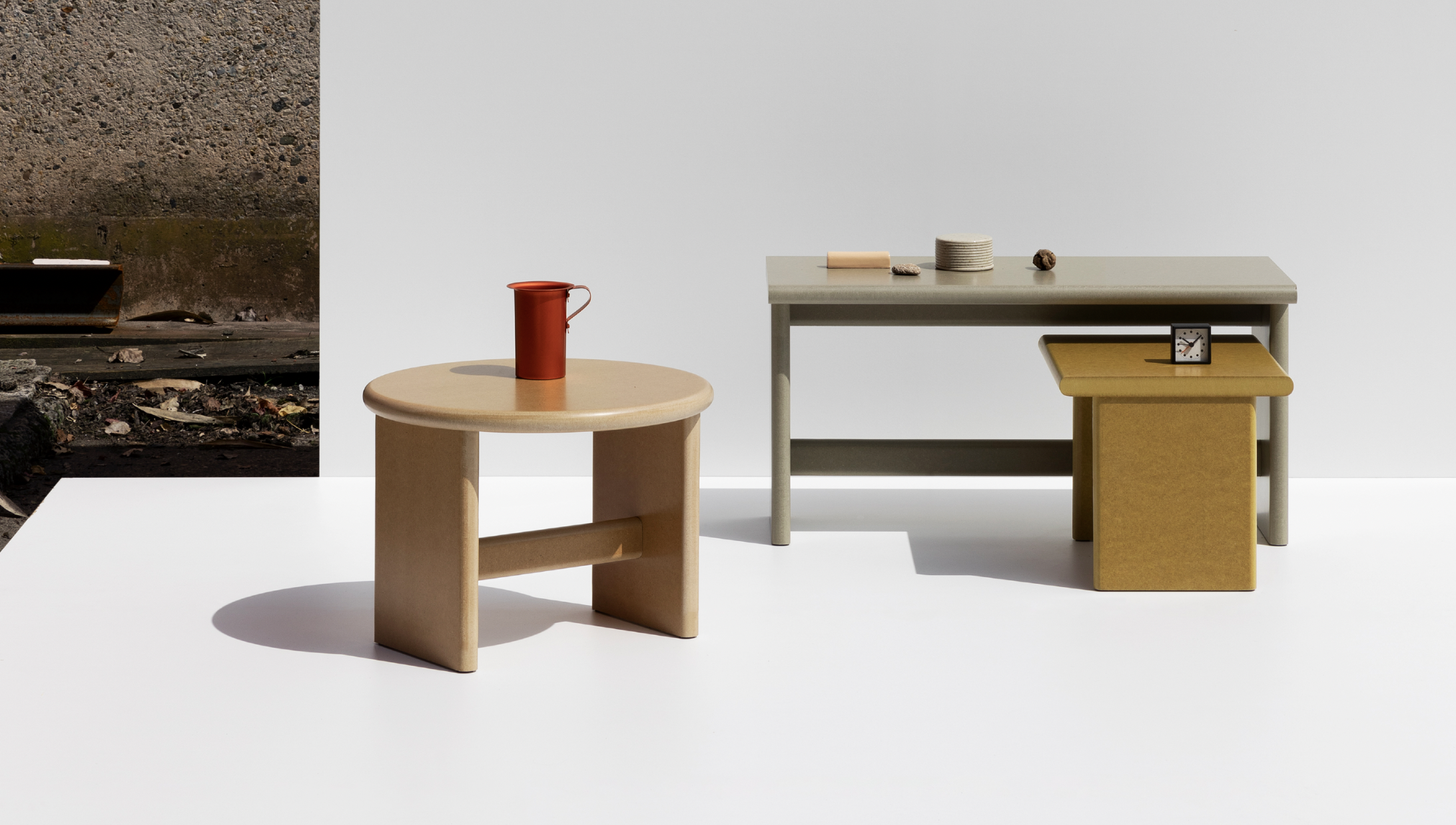
"Try to develop your own language, a language that is coherent and recognizable."
Julien Renault
The title Designer of the Year 2023 goes to designer, photographer and creative director Julien Renault. Julien Renault is the founder of Julien Renault Objects, a multidisciplinary design studio based in Brussels. A designer of the year is chosen annually by Knack Weekend and Le Vif Weekend magazines. Partners of the prize are the Design Museum Gent, CID Grand-Hornu, Design Museum Brussels and MAD Brussels. The prize is now being awarded for the 18th time. We had a talk with Julien Renault, about his work, inspiration and his new title as designer of the year 2023.
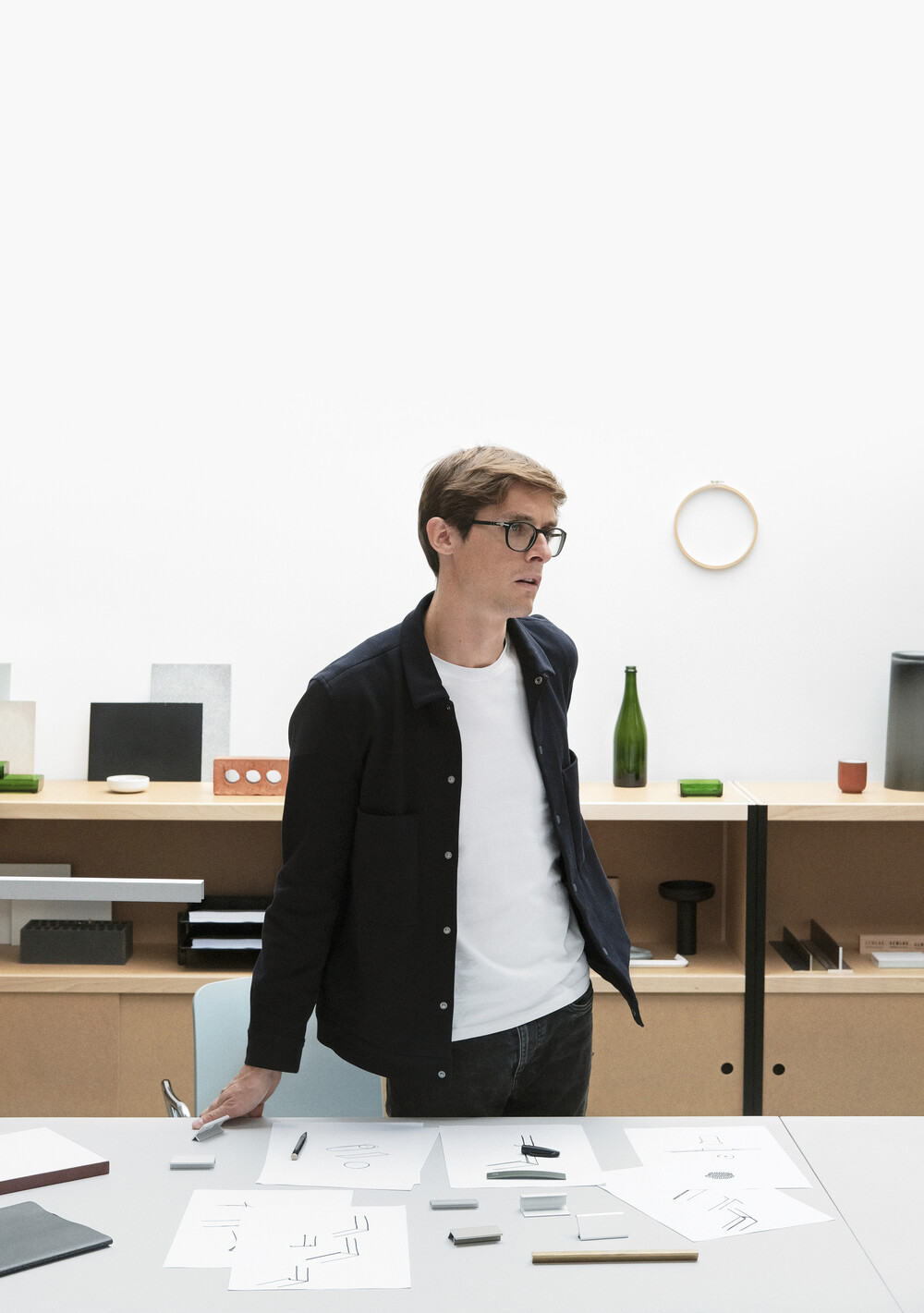
Can you briefly introduce yourself?
"My name is Julien Renault, I’m a French designer based in Brussels. At a very early age, I already knew I wanted to do something with my hands. My high school was already a general design school with an academic approach to teach us all the basis. I started my studies at the École Supérieure d'Art et de Design in Reims, they offered a very artistic approach to design which opened my sensibility for design. At the end of these studies, I did an internship at the Bouroullec Studio for six months. Following the internship, I started an Erasmus exchange at Ecole Cantonale d'art de Lausanne, in Switzerland. This school taught a very pragmatic approach to design, coming from a more artistic background it was good to get a more industrial point of view."
"After my Erasmus, I stayed at ECAL for one year to study product design. Finally, I graduated in 2009 and moved to Brussels. I then started working for Sylvain Willenz, Alain Berteau en Vincent collet, before starting my own company."
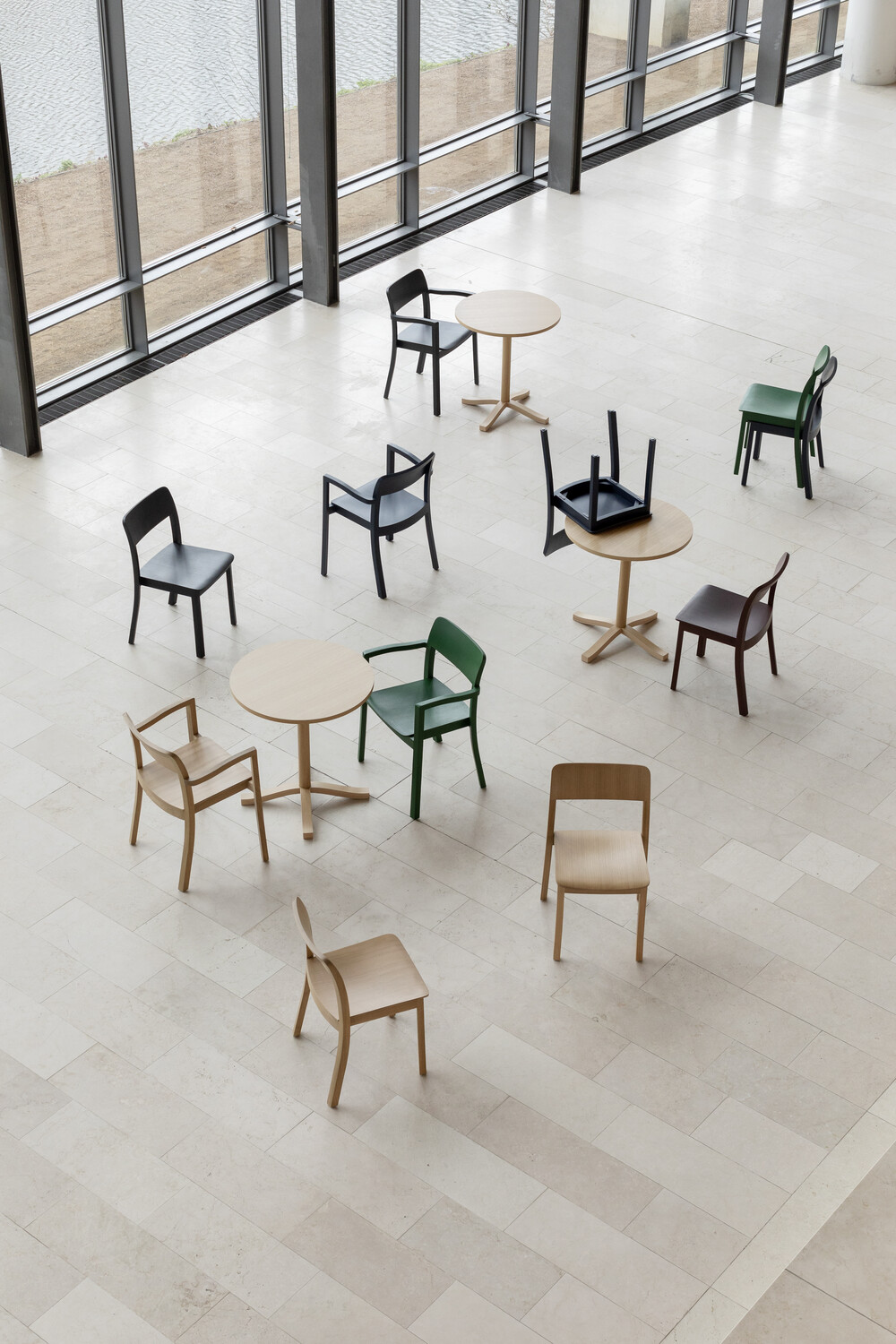
At a certain moment you started your own company, how did this come along? What made you take the decision to work for yourself?
"For six years, I worked for other designers. It gave me the chance to build up experience and learn a lot. On the side, I worked as a photographer for designers which helped me develop a customer database. It also gave me the financial freedom to develop my own designs and develop little series in my spare time. In 2015, my first collaboration came together, and I launched the series Punched Hooks with HEM. One year later, I was asked by Kewlox to become their art director. At this moment, I felt like it was the perfect moment to start my own company."
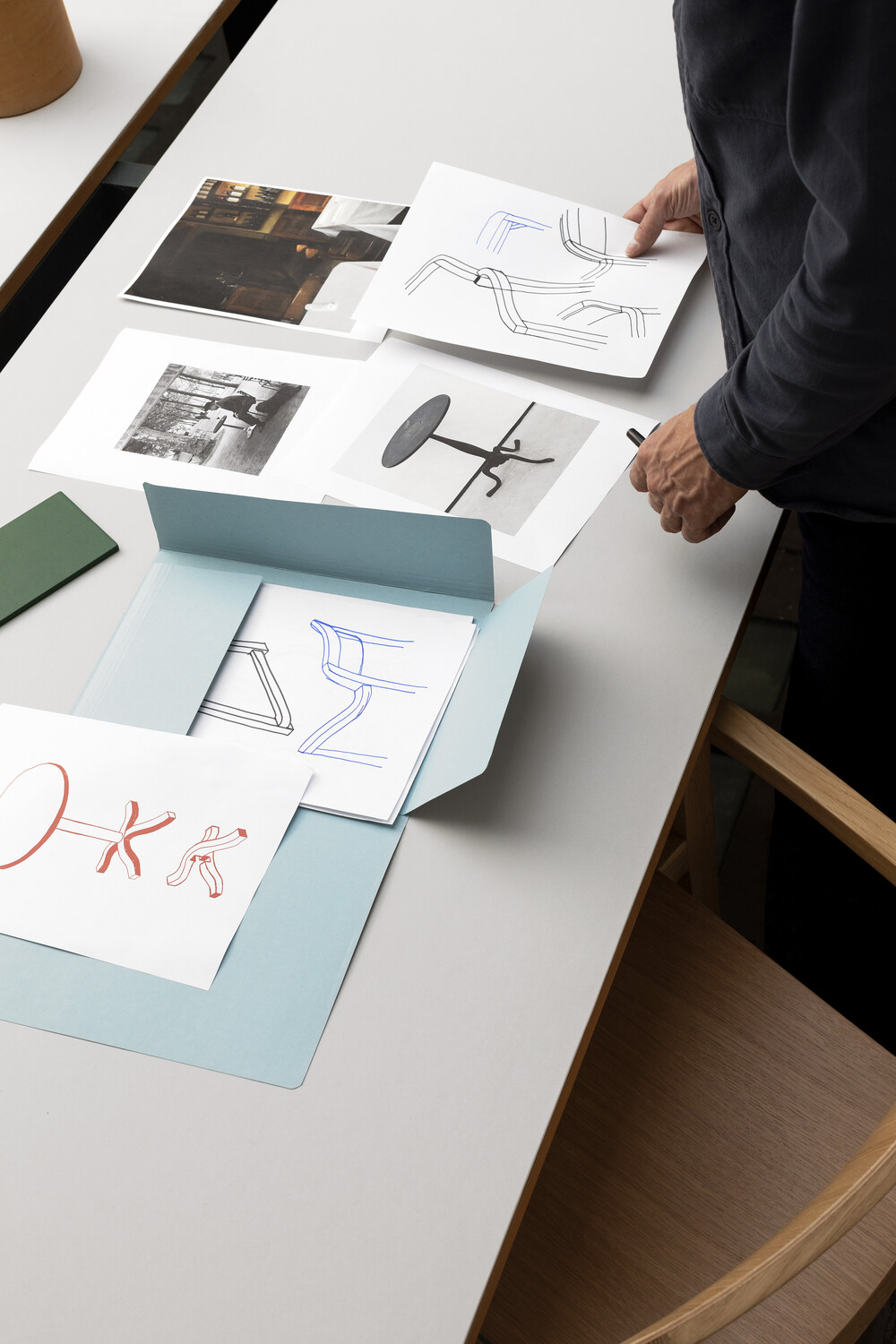
In your practice you work within different disciplines, you are designer, photographer and creative director. Can you explain? Do they influence each other in your work?
"When you start working in the design sector, you soon realise that living from what you earn with royalties is difficult. This means you need to find other ways to pay the bills. Ever since high school, I have always been passionate about photography, so it was an obvious choice for me to do this one the side."
"In Switzerland they taught us the importance of good photography for communication in line with your project. Photography makes people understand the design which in turn helps to sell it. This is why I prefer to photograph my products myself. I know the story I want to tell, and I know what I want the public to see."
"Photography also shapes my products or my projects can directly be inspired by a picture of a moment or a detail. I have a wide range of work, but I try to make my work as consistent as possible. As I do everything myself at the very first stage of the project, from drawing, making a prototype to the photographs, all my projects are very coherent and recognizable."
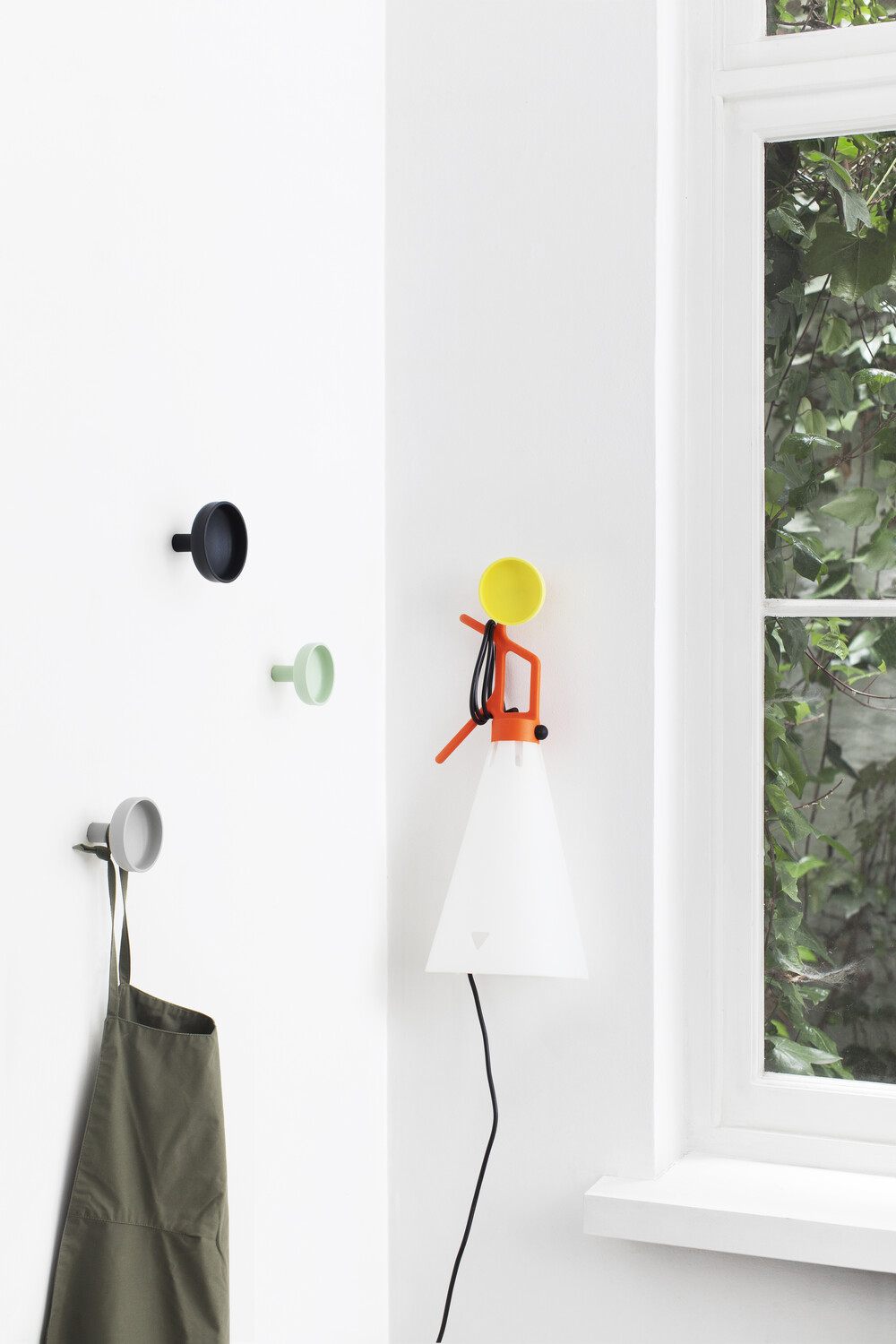
For Kewlox, you designed an accessory collection made from production surpluses. Is sustainability something you take into consideration in every project?
"It depends from one project to another. There are also a lot of different approaches to sustainability. For the last collection I designed for Hay, called PASTIS, we really wanted something timeless so people would want to keep the furniture for a long time. Kewlox on the other hand came with the demand to design smaller objects. The discussion about reusing leftover material came after seeing the many offcuts left after cutting the panels for the storage cabinets. Furthermore for the HEM project, the Punched Hook and the candleholder, standard pieces were used that could be found in the industry. This way we used what already existed instead of producing yet another object."
"Sustainability can also be factored in during the production process, to make them as efficient as possible. For example, in September I’m launching a new collection of side tables with Cruso. The project was driven by the idea of making a simple product, using one kind of material and no tools, that could completely be flat packed."
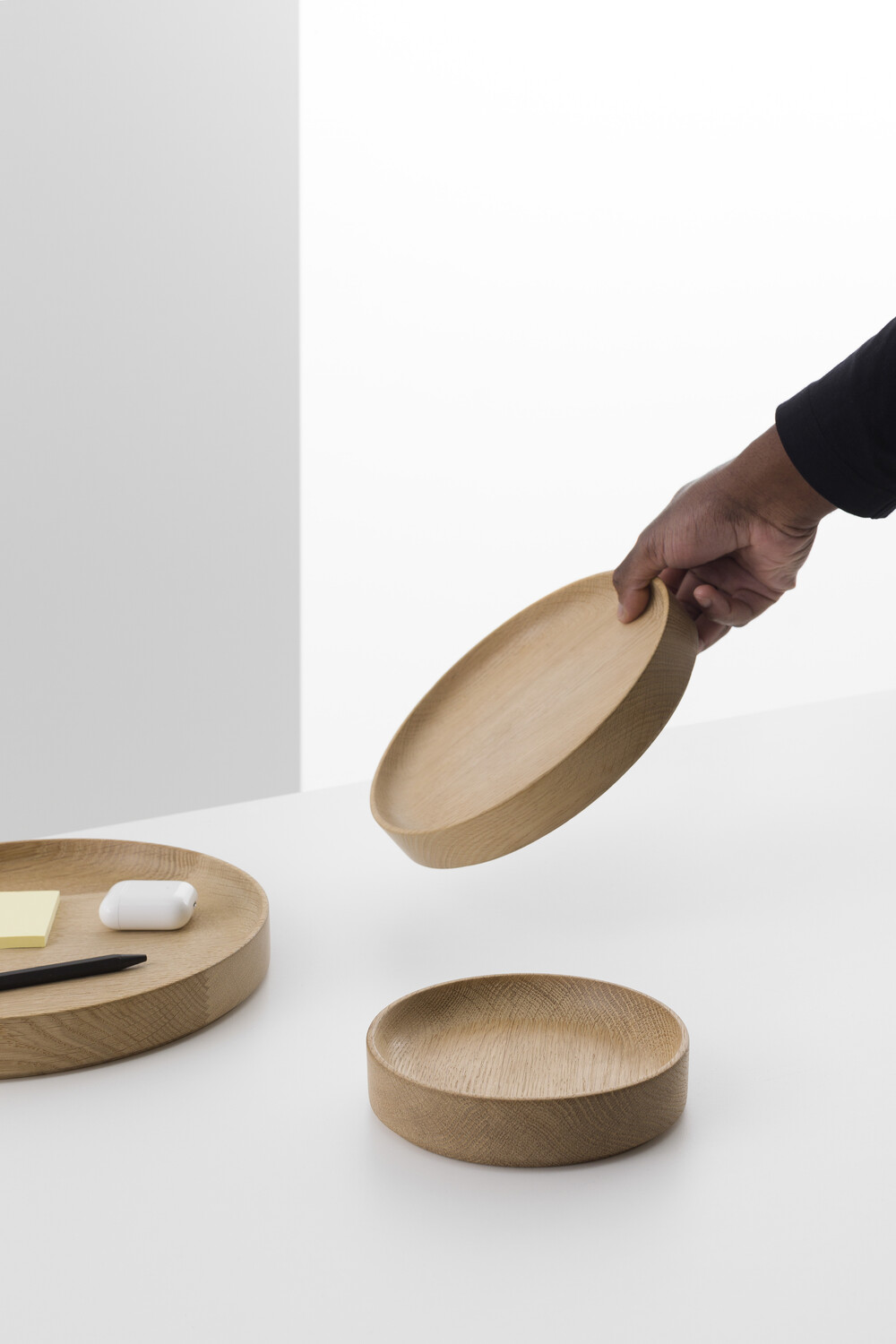
What does it mean for you to be awarded Designer of the Year 2023?
"As the Designer of the Year award is not an award you apply for, it is all the more a true recognition of my work. I have been in Belgium for 15 years, so in the meantime I got to know a lot of people in the Belgian design industry. It’s nice to know they followed me through the years and supported my work."
"It is also definitely an honour to follow up designers I worked for when I was younger. Besides that, it’s also a great asset to my clients. These are companies that believed in me and chose me to work with. This award proves they made a good choice."
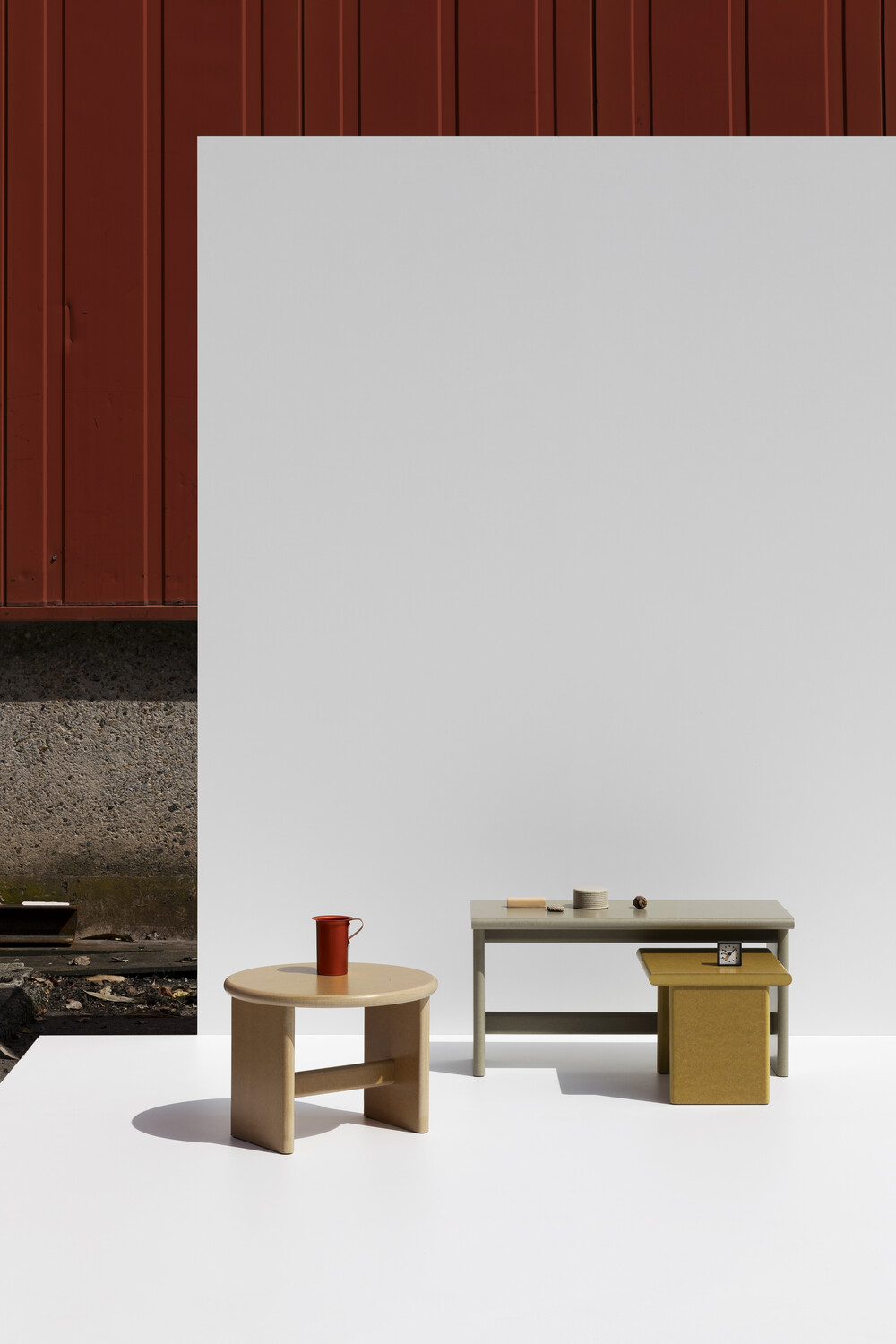
Lastly, what advice would you give to starting designers?
"Try to develop your own language, a language that is coherent and recognizable. It’s also important to make your products understandable, for me photography was the perfect medium for that."
"Besides: be curious, observe and look around. You must give it time, get experience and build up a client database. Experience will give you the eye to understand the company you might be working for in the future. You need to shape the best project for them, it has to be clear the product is meant for them and not for another company."